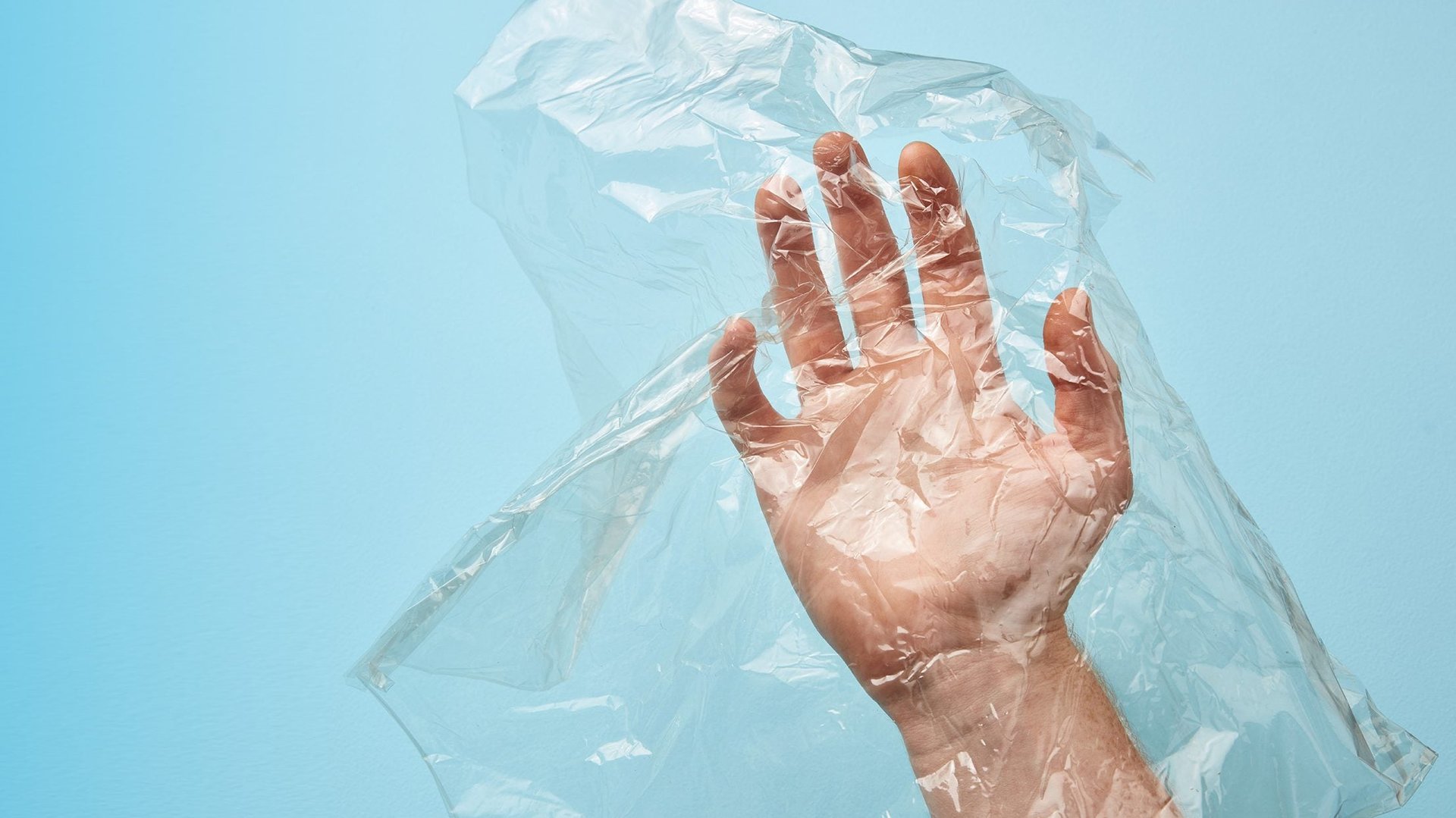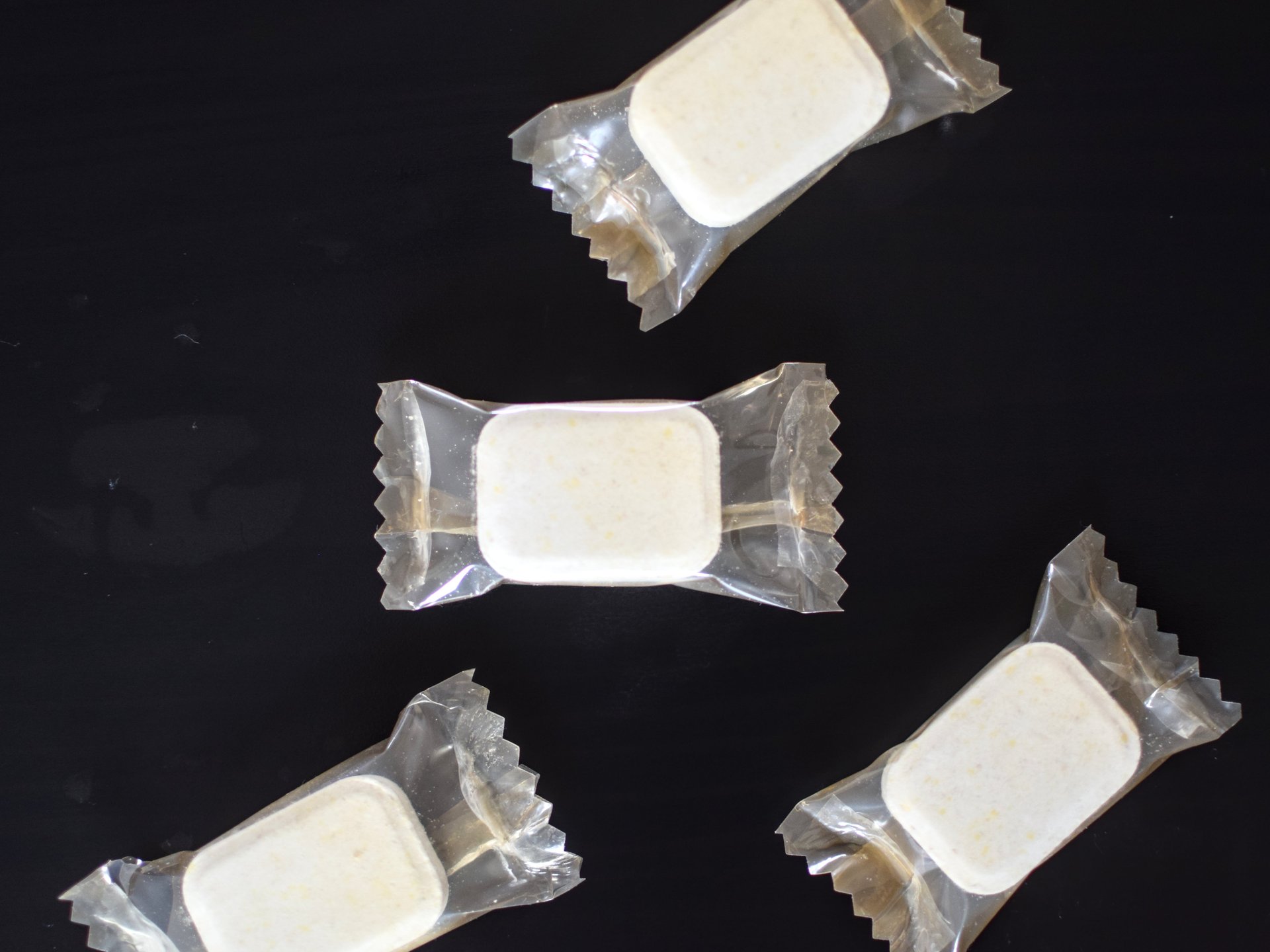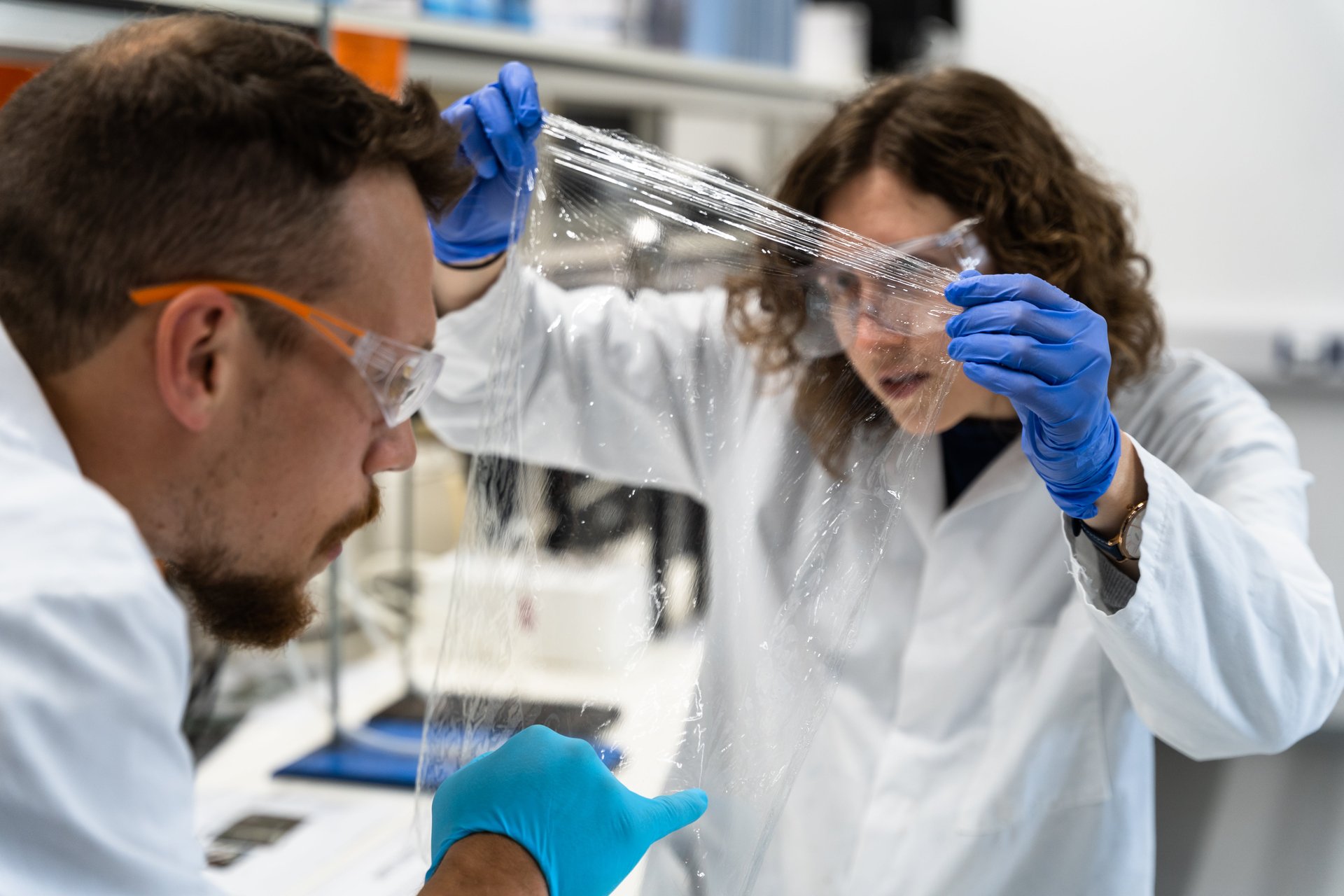Bubble wrap, kitchen cling wrap, and plastic polybags pollute our oceans more than we realize
Think of ocean pollution, and an image of water bottles strewn across beaches or huge numbers of plastic containers bobbing in the Great Pacific Garbage Patch may come to mind. In many ways, plastic bottles have become the de facto symbol of the waste that clogs up waterways and harms marine life.


Think of ocean pollution, and an image of water bottles strewn across beaches or huge numbers of plastic containers bobbing in the Great Pacific Garbage Patch may come to mind. In many ways, plastic bottles have become the de facto symbol of the waste that clogs up waterways and harms marine life.
But a new initiative led by fashion designer Tom Ford and the non-profit Lonely Whale Foundation points to an oft-overlooked and more insidious threat: thin film plastic.
Unlike the rigid material used in water bottles, sneeze guards, toys, and covid acrylic partitions, thin plastic is made with a softer, low density polyethylene. Shrink wrap, kitchen cling film, sandwich bags, candy wrappers, resealable storage bags, and bubble wrap are examples of this omnipresent material that account for 46% of the nearly 14 million metric tons of new plastic waste that end up in oceans each year.

“When we started looking at this issue, we were really surprised to learn how much thin film plastic there is out there in the world that’s not recyclable or recycled,” says Dune Ives, executive director of Lonely Whale, the six-year old non-profit which aims to clean the world’s oceans. “You really can’t look around a store or even buy something online that’s not been shipped encased in some kind of thin film.” Polybags—those ubiquitous transparent bags used to package all sorts of things from bulk vegetables to candy to new shirts—is a particularly enormous problem, Dune explains. In the fashion industry alone, an estimated 180 billion thin-film plastic polybags are used each year.
A growing number of companies have looked into repurposing ocean-bound plastic but few have looked into alternatives for thin film. For example, the ergonomic furniture brand Humanscale recently launched what’s advertised as the world’s most sustainable task chair, using 10 lbs of ocean plastic; and Herman Miller re-engineered its bestselling Aeron office chair with reclaimed plastic containers.
Searching for plastic substitutes in nature
Ford’s team came across Lonely Whale’s research and learned about the thin plastic problem in the fashion industry while they were developing a luxury watch made with ocean-bound recycled plastic.
“Our two teams met and realized that there was an opportunity to combine our efforts and have a greater impact,” says Dune. The collaboration between Tom Ford and Lonely Planet resulted in the “Tom Ford Plastic Innovation Prize,” a global competition for a commercially viable alternative to thin plastic that is “scalable and biodegradable.” The hope is that the winning solution will be ready to be deployed on a mass scale by 2025.

At this stage in the competition, eight finalists have been chosen from 64 entries. Their ideas range from harnessing peas, bananas, and agricultural waste to create bioplastic packaging options to experimenting with materials made from seaweed. Finalist teams from Kenya, India, Iceland, the UK and the US are now testing their solutions with various brands’ supply chains like Nike, J. Crew, Stella McCartney, and Tom Ford. Three winners, to be announced next year, will share a $1.2 million prize.
Getting brands involved early is crucial, says Dune. “We want to make sure that there are buyers at the table that can test the materials alongside our scientists,” she explains. “You can raise awareness about an issue but not having a solution or an alternative already in the market that can scale is like sending lemmings off a cliff. Everybody follows you and they’re all outraged, but if you don’t give them a solution you’ve just wasted that energy.”